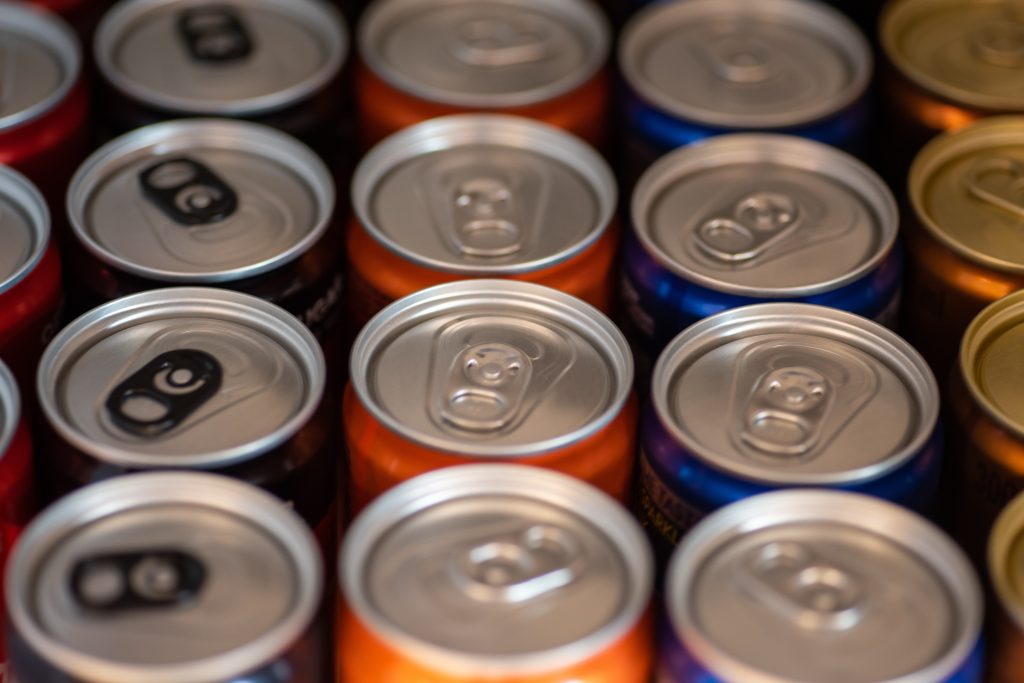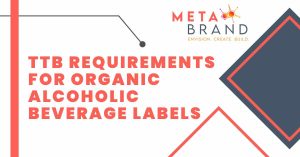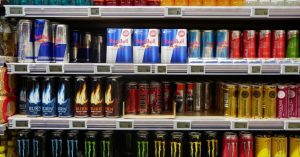Key Highlights
- The energy drink market shows promising growth, making it an attractive sector for new brands.
- A deep understanding of the target audience, market trends, and ingredients is crucial for a successful energy drink venture.
- From sourcing ingredients to labeling, a well-defined manufacturing process ensures consistent product quality and safety.
- Partnering with experienced manufacturers and distributors can streamline operations and enhance market reach.
Introduction
The beverage industry is a dynamic landscape, and within it, energy drink production stands out as a particularly vibrant sector. This comprehensive guide takes you behind the scenes, offering a detailed exploration of the manufacturing process.
From understanding the market and target audience to navigating complex regulatory requirements, we’ll provide you with the industry knowledge needed to produce a high-quality and successful energy drink.
Understanding the Energy Drink Market
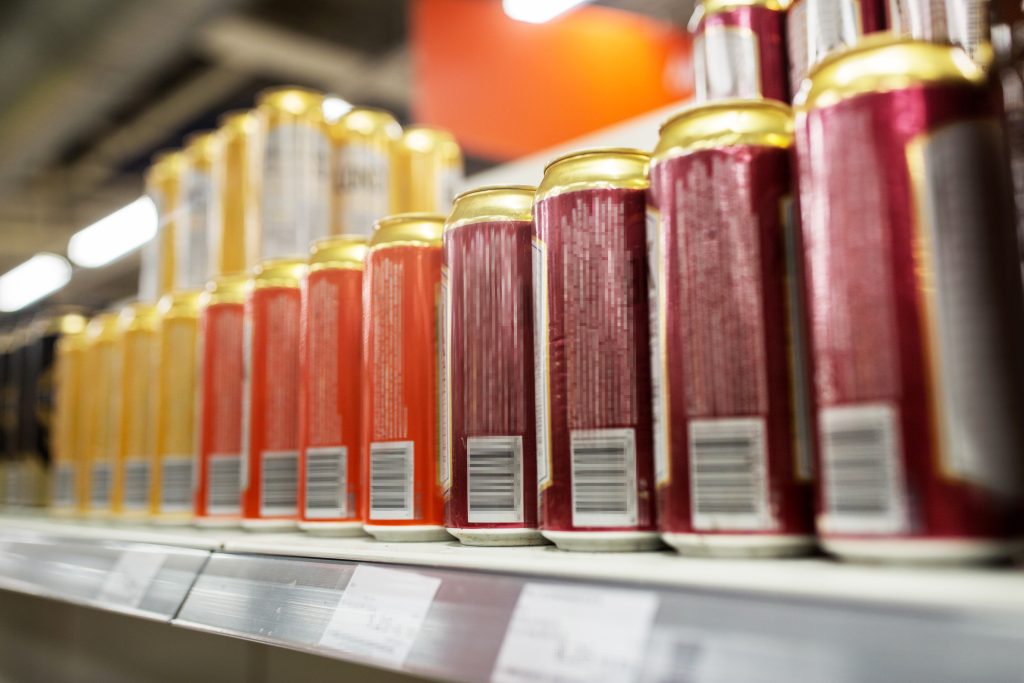
Before diving into production, it’s vital to grasp the intricacies of the energy drink market. This sector thrives on catering to specific consumer needs, primarily the demand for a quick and effective energy boost. Understanding these needs, along with current market trends, is essential for product development and marketing.
A thorough understanding of competitor products and consumer preferences is vital. Are you targeting athletes seeking enhanced performance, or students needing prolonged focus? By pinpointing your niche, you can tailor your product and marketing efforts for maximum impact.
Identifying Your Target Audience
Identifying your target audience is the cornerstone of a successful energy drink brand. Different demographics have distinct preferences, and understanding these nuances is key to product development and marketing.
A beverage company seeking to establish its energy drink brand must conduct thorough market research to determine who their ideal consumer is.
Consider factors like age, lifestyle, interests, and even purchasing habits. Are you targeting young adults seeking a social boost, or professionals looking for increased productivity? Each group will have different preferences for flavor profiles, caffeine levels, and even packaging aesthetics.
Once you clearly define your target audience, you can tailor every aspect of your product and marketing strategy to resonate with their desires and needs. This targeted approach will greatly increase your chances of success in the competitive energy drink market.
Analyzing Current Market Trends
The energy drink market is continuously evolving, with current trends significantly influencing consumer preferences. Staying on top of these trends is essential for any energy drink brand looking to stay ahead.
This means analyzing what competitors are offering, identifying market gaps, and understanding the changing demands of consumers.
Here are some dominant trends in the energy drink market:
- Natural and Organic: Consumers are increasingly health-conscious, seeking natural ingredients and fewer artificial additives.
- Functional Benefits: Energy drinks are going beyond the caffeine boost, incorporating ingredients that offer benefits like improved focus, enhanced endurance, or added vitamins.
- Sugar Reduction: The demand for lower-sugar and sugar-free options is steadily rising as consumers become more calorie-conscious.
By integrating these trends into your product development and marketing strategies, you can position your energy drink as a relevant and appealing choice for today’s consumers.
The Foundation of Energy Drink Production
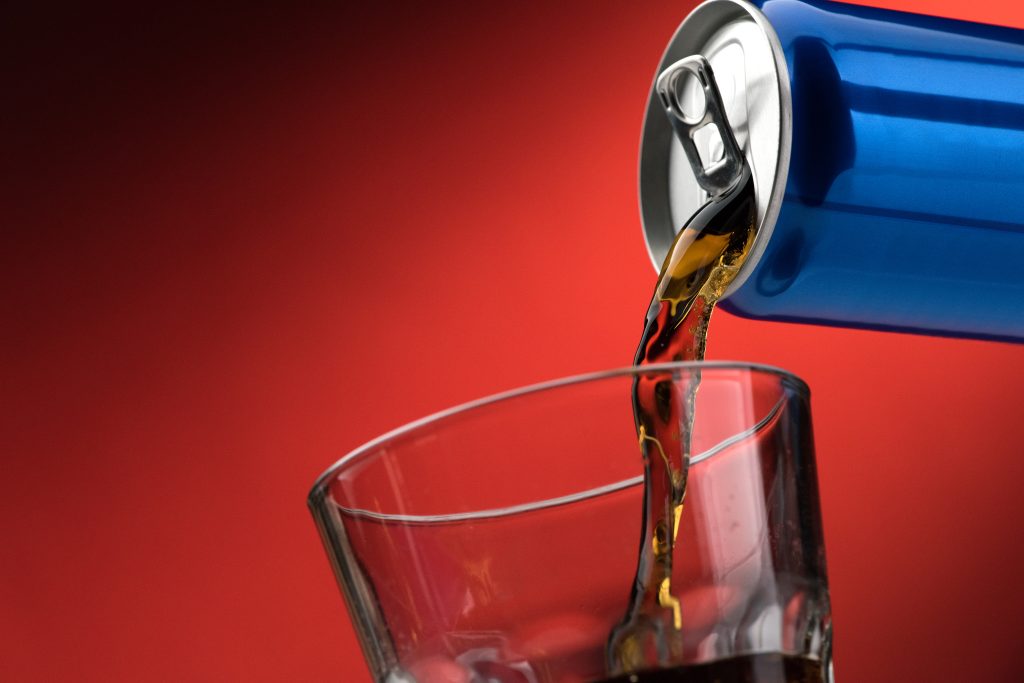
With a firm grasp of the market and target audience, it’s time to lay the foundation for energy drink production. This starts with a meticulous selection of ingredients. Each component plays a crucial role in the final product, impacting not just the flavor but also the desired functional effects.
Equally important is flavor profiling. In a crowded market, a unique and refreshing flavor can be a key differentiator. Careful consideration should be given to balancing taste appeal with the intended energy boost, ensuring the beverage is both enjoyable and effective.
Key Ingredients and Their Functions
Energy drinks typically consist of a blend of key ingredients, each serving a specific purpose. Caffeine content is a primary consideration, providing the energy boost consumers seek. The amount of caffeine must be carefully calibrated to ensure both effectiveness and safety.
B vitamins are commonly added for their role in converting food into energy. These vitamins contribute to the overall metabolic process, enhancing the drink’s ability to combat fatigue and promote alertness. Amino acids, such as taurine, are another common addition.
While their exact role in energy drinks is still being studied, they are often marketed for their potential to improve mental performance and physical endurance.
The trend toward natural ingredients has led manufacturers to explore plant-based caffeine sources like guarana. Natural sweeteners, such as stevia or monk fruit extract, are also increasingly favored, offering a healthier alternative to traditional sugar.
The Importance of Flavor Profiling
Flavor profiling is an art in itself, requiring a delicate balance of ingredients, acidity, and sweetness to create a truly appealing beverage. This process goes beyond simply adding flavorings, demanding a keen understanding of consumer preferences.
Beverage experts often spend months, if not years, meticulously crafting the perfect flavor profile. They understand that taste is subjective and varies greatly among demographics. Factors like regional preferences, age, and even lifestyle choices influence the perception of flavor.
A successful flavor profile not only complements the other ingredients but also aligns with the brand’s image and target audience. Striking that perfect balance can be the key to creating an energy drink that stands out and fosters consumer loyalty.
Navigating Regulatory Requirements
The energy drink industry faces stringent regulatory requirements, particularly concerning ingredient safety and labeling transparency. Compliance is non-negotiable, and understanding these regulations from the outset is vital to avoid costly setbacks.
The Food and Drug Administration (FDA) in the United States plays a crucial role in regulating caffeine levels, mandating accurate labeling, and ensuring the overall safety of energy drinks. Being aware of and adhering to these guidelines is a fundamental aspect of responsible energy drink production.
Understanding FDA Guidelines
FDA guidelines play a crucial role in ensuring the safety and quality of energy drinks available to consumers. These regulations encompass various aspects of production, from ingredient limitations to labeling requirements. It’s imperative for manufacturers to be well-versed in these guidelines to ensure regulatory compliance.
For instance, the FDA sets strict limits on the amount of caffeine allowed in energy drinks. Manufacturers must also adhere to stringent labeling regulations, clearly listing all ingredients, caffeine content, and any potential allergens.
Additionally, the FDA mandates clear warnings on products marketed to children and pregnant women, highlighting the potential health risks associated with excessive caffeine consumption.
Adhering to these regulations is not only a legal obligation but also a demonstration of a brand’s commitment to consumer health and safety. Transparency and compliance foster trust and credibility in the marketplace.
Compliance with Health and Safety Standards
Beyond regulatory compliance, maintaining rigorous health and safety standards throughout the production process is non-negotiable. This includes implementing robust quality control measures at each stage, from ingredient sourcing to packaging.
Regular inspections, lab testing, and meticulous record-keeping are fundamental practices. These measures not only protect consumers but also safeguard the brand’s reputation and ensure long-term success. A single incident of contamination or quality deviation can have severe repercussions, potentially damaging consumer trust and leading to legal ramifications.
| Aspect | Quality Control Measure |
| Ingredient Sourcing | Verify supplier certifications |
| Production | Implement Hazard Analysis Critical Control Point (HACCP) principles |
| Packaging | Inspect containers for defects; ensure proper sealing |
| Storage | Maintain controlled temperature and humidity |
| Distribution | Use appropriate transportation and handling procedures |
By adopting a proactive approach to quality control, manufacturers can minimize risks and ensure a safe and enjoyable product for consumers.
Cheers!
Understanding the intricate process of energy drink production is key to meeting market demands and regulatory standards. From identifying key ingredients to flavor profiling and adhering to FDA guidelines, a comprehensive approach ensures a successful product launch.
By staying informed on market trends and maintaining compliance with health and safety regulations, producers can navigate this competitive industry with confidence.
For more insights or assistance with your energy drink production journey, feel free to get in touch with us.


